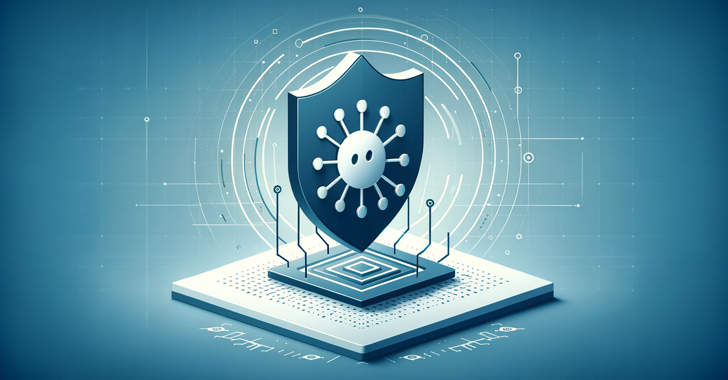
December 9, 2023 at 02:36AM
Threat hunters expose GuLoader malware’s evolving obfuscation tactics, making analysis time-consuming. Used in phishing campaigns, it distributes various payloads and is continually updated to evade security measures. Similar updates seen in DarkGate RAT, showcasing the sophistication and adaptability of modern malware threats. Remote access trojans are leveraging novel email-based infection chains to evade detection.
The meeting notes provide an overview of recent developments in malware and cyberattack strategies, with a focus on the GuLoader and DarkGate malware families.
Key takeaways from the notes include:
– GuLoader, also known as CloudEyE, is an advanced shellcode-based malware downloader used for distributing a variety of payloads, including information stealers, and employs sophisticated anti-analysis techniques.
– The malware is distributed through phishing campaigns using ZIP archives or VBScript files and has been observed to evolve by improving its ability to bypass security features.
– GuLoader has been sold under a new name and is promoted as a crypter that makes its payload fully undetectable by antiviruses.
– Significant changes to GuLoader’s anti-analysis techniques, particularly related to its Vectored Exception Handling (VEH) capability, have been identified.
– DarkGate, a remote access trojan (RAT) sold as malware-as-a-service, has introduced new execution chains and evasion methods, demonstrating its adaptability and sophistication.
Additionally, the notes reference the propagation of remote access trojans Agent Tesla and AsyncRAT using novel email-based infection chains, as well as the usage of an updated version of a malware obfuscation engine called ScrubCrypt to deliver the RedLine stealer malware.
The research provided in the notes underscores the ongoing evolution and sophistication of modern malware threats, with threat actors actively monitoring threat reports to quickly adapt their tactics and evade detections.
Overall, the meeting notes highlight the constant updates and adaptability of malware families, emphasizing the need for proactive and robust security measures to counter evolving cyber threats.